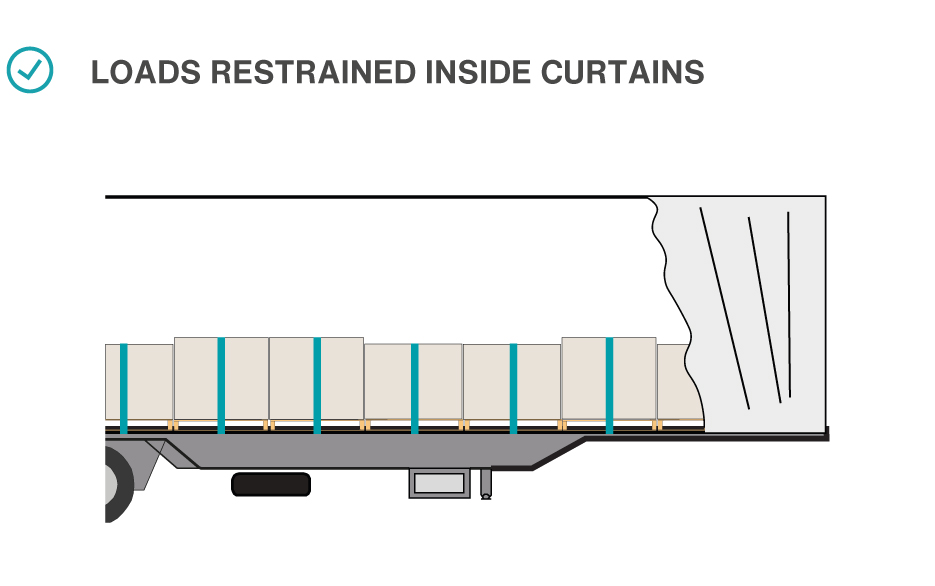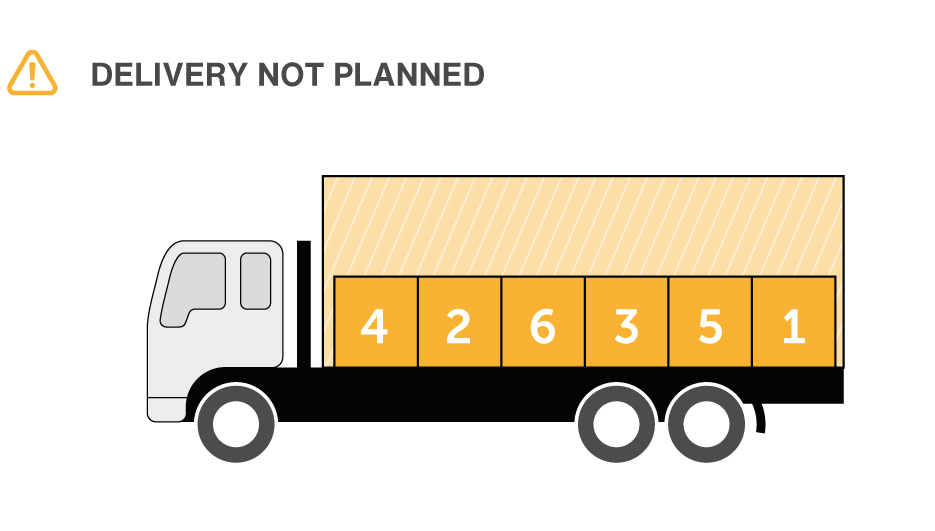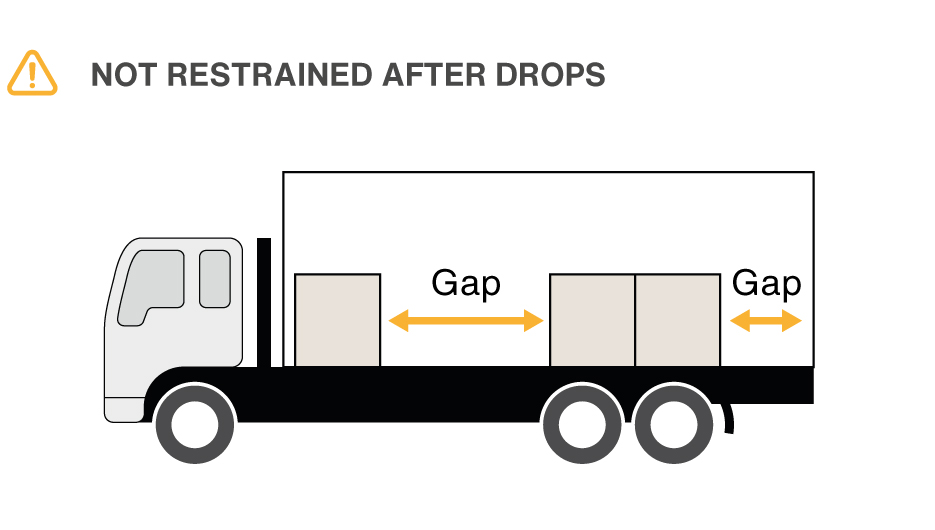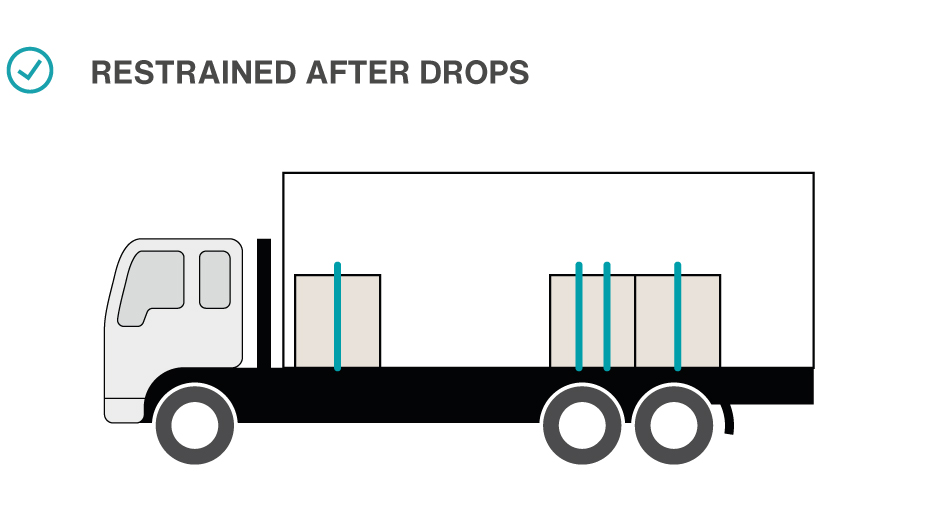Loading Guide - Side Curtains
Loading Guide - Side Curtains
National
Heavy
Vehicle
Regulator
This guide is part of a series of loading guides that provide tips and tricks to help you understand good load restraint. More detailed information on the principles covered by this guide can be found on page 156 of the Load Restraint Guide 2025.
What are Side Curtains?
Side curtains are flexible sheets of material, usually made of durable vinyl, fitted to the sides of a truck or trailer. Unless rated for load restraint purposes they are designed to protect the load from the weather and dust and unlike tarps they allow for easy loading/unloading of goods.
Unrated Curtains
Unrated side curtains are not primarily designed for load restraint purposes and have not been certified to restrain loads. Loads on a vehicle equipped with unrated curtains should be restrained as if the curtains were not there.
Load Rated Curtains
Load rated curtains have been designed and certified for sideways forces only.
They will have a label/sticker attached to the curtain that will contain information about:
- the mass allowed to be restrained – either expressed in pallet space, pallet row or pallet width
- load types – general/specific
- whether gates are required or not
- height of any load
- any specific instructions.

Why use Load Rated Curtains?
Using load rated curtains as part of a certified load restraint system can:
- ensure you are complying with the Performance Standards for sideway forces
- reduce the number of restraints required
- lower costs by saving time loading and unloading
- protect the load from damage caused by lashing tension.
Do Load Rated Curtains meet all the Performance Standards?
No, load rated curtains only provide sideways restraint when the manufacturer’s instructions are followed.
You need to ensure there is additional forwards and backwards restraint if the load is not blocked from moving.
If you are unsure about whether a rated side curtain can restrain a particular load, check with the manufacturer.
Do not use rated or unrated side curtains for any loads that could damage the curtain – e.g., heavy items with sharp edges, or loads with sharp spearing items.

Tips
It is extremely important to follow the manufacturer’s instructions in relation to any curtain system.
Do not place items inside the curtain without restraints unless the load is blocked forwards and rewards and it complies with the manufacturer’s ratings. If your curtains do not have a sufficient rating capacity, you will need additional restraints to meet the sideways forces.
Risks

Good practice

Make sure that there are no gaps in the load. If there are gaps in the load, block them with empty pallets or stillages to spread the load evenly along the curtain.
Risks

Good practice

Minimise the number of gaps in a multi-drop load by placing earlier drops at the back of the truck. If gaps remain, block or use extra lashings to ensure the load is restrained in all directions. Consider the mass distribution (axle weights) for each stage of transporting a multi-drop load.
Risks

Good practice

Even if using load rated curtains, restrain all items if they are not blocked from moving forwards or backwards. If there are gaps of more than 200 mm cumulative front to back or 100 mm cumulative side to side, use extra restraint on freight. If the gaps are excessive the load might move around and cause instability in the handling of the vehicle.
Risks

Good practice

Case study

This was intercepted because the truck had a bulge in the curtain on the passenger side rear.
The driver said it was ok when he left the depot and there was no issue when he walked around the truck.
When the driver opened the rear doors, it was clear what was causing the bulge.
The small industrial machine had broken its restraints and was leaning on the unrated gate and unrated curtain.
The roof was also deformed by the force that was placed on the top and bottom support rails from the load leaning on the curtain pulling the frame together and the curtain even had a small tear in the lower section.
This could have been avoided by restraining the load properly inside the curtain as if the curtain was not even there. The gates could have also been braced to add some strength.
Unrated curtain systems are not designed to take a sideways load. This was definitely a close call.
If this item had fallen from the vehicle, it could have injured or killed a person.

 Accessibility tools
Accessibility tools


